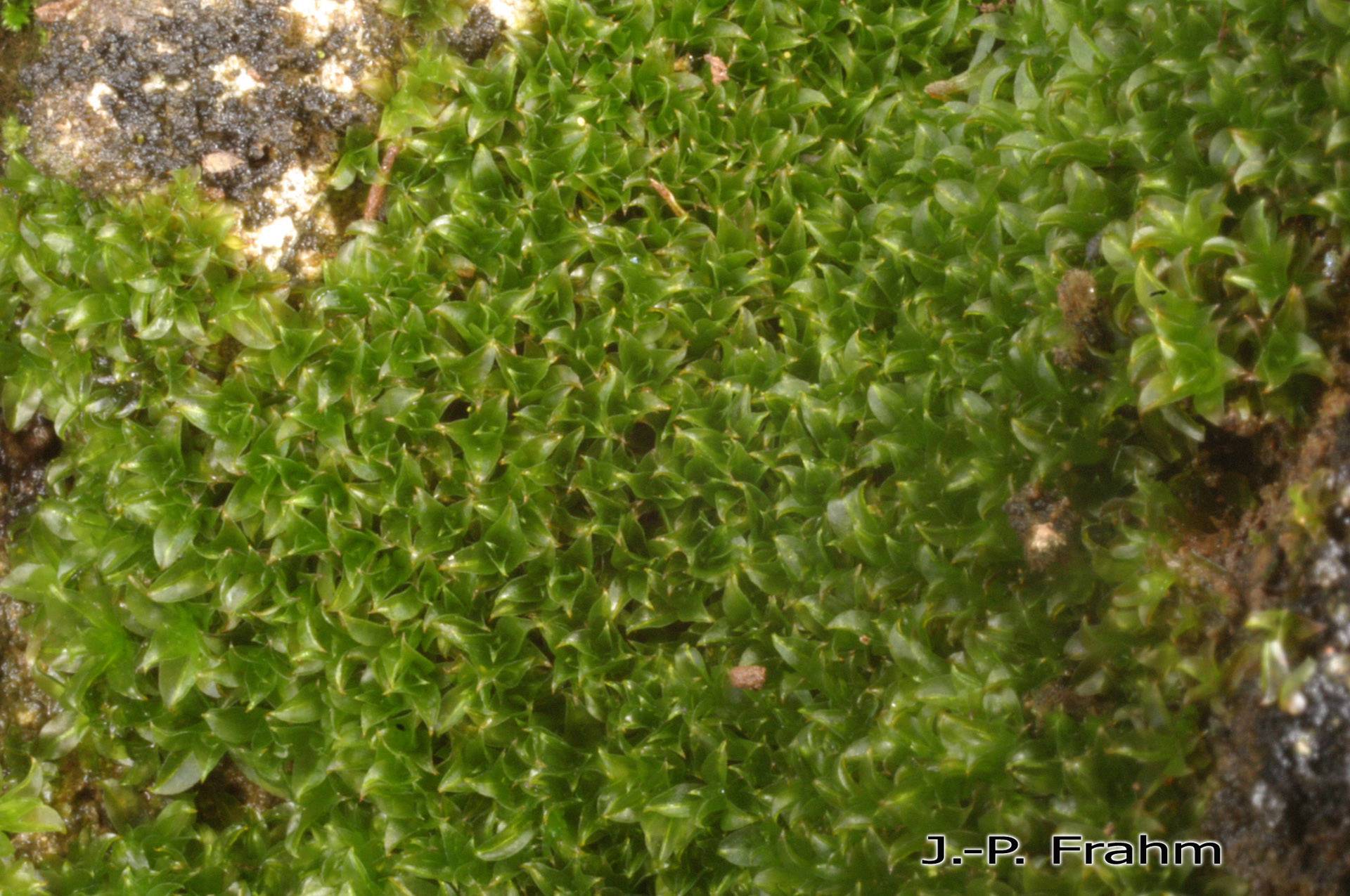
image from: https://www.researchgate.net/figure/Pogonatum-perichaetiale-subsp-oligodus-a-Female-gametophyte-b-d-Leaves-e-f_fig9_232670414
Exploring the Fascinating World of Pogonatum Moss
Introduction
Mosses are some of the most ancient and resilient plants on Earth, having evolved over 400 million years ago. One particularly interesting species is Pogonatum perichaetiale subsp. oligodus (Kunze ex Müll.Hal.) Hyvönen, a type of moss in the Polytrichaceae family, commonly known as Pogonatum moss. In this blog post, we’ll dive into the unique characteristics and ecological importance of this small but mighty plant.

image from: https://www.researchgate.net/figure/Pogonatum-perichaetiale-subsp-oligodus-Muell-Hal-Hyvoenen-A-Habito-B-H-Hoja-B-C_fig7_318217800
Background
Mosses are non-vascular plants in the division Bryophyta

image from: https://www.inaturalist.org/observations/134396021
. Unlike other land plants, they lack true roots, stems, and leaves. Instead, they have rhizoids that anchor them and absorb water and nutrients. Mosses play critical roles in many ecosystems as pioneer species that help establish other plants. The Polytrichaceae are the most advanced and complex family of mosses.
Morphology and Identification
Pogonatum perichaetiale subsp. oligodus forms small tufts or cushions on soil, rocks, or tree trunks. Its stems are usually unbranched and grow up to 2 cm tall. The leaves are lance-shaped, 5-8 mm long, and have distinctly toothed margins. A key identifying feature is the
image from: https://artsandculture.google.com/asset/pogonatum-perichaetiale-subsp-oligodus-m--ll-hal-hyvonen/yAEgKnK2mdWpRg
hairy calyptra (cap) that covers the capsule (spore-bearing structure). Capsules are cylindrical and 2-3 mm long on a seta (stalk) up to 2 cm high.
Global Distribution and Habitat
This subspecies of Pogonatum moss has a scattered global distribution, found in parts of Asia, Africa, Australia, and South America. It typically grows in tropical and subtropical regions

image from: https://www.naturalista.mx/taxa/275056
at low to mid elevations. Common habitats include disturbed soils along trails and roads, stream banks, damp rocks and cliffs, and tree bases in open forests.
Ecological Roles and Adaptations
As a pioneer species, P. perichaetiale subsp. oligodus helps stabilize soils and retain moisture, paving the way for other plants to colonize the area. Its dense tufts also provide shelter and microhabitats for various small invertebrates. This moss has several adaptations for drought tolerance:
- Thick, waxy cuticles to prevent water loss

image from: https://enciclovida.mx/especies/147207
- Ability to enter dormancy and rehydrate quickly
- Specialized water-conducting cells

image from: http://azoresbioportal.uac.pt/pt/especies-dos-acores/chenia-leptophylla-11918/

image from: https://www.gbif.org/es/species/2673552
| Characteristic | Description |
|---|---|
| Size | Small tufts or cushions, stems 1-2 cm tall |
| Leaves | Lance-shaped, 5-8 mm long, toothed margins |
| Calyptra | Hairy cap covering the capsule |
| Capsule | Cylindrical, 2-3 mm long on seta up to 2 cm |
Habitat
 image from: https://www.pinterest.com/pin/205476801731867943/ |
Disturbed soils, rocks, tree bases in tropical and subtropical regions |
Conclusion
Pogonatum perichaetiale subsp. oligodus may be a small and unassuming moss, but it plays an outsized role in its ecosystems. From stabilizing soils to providing shelter, this mighty moss is a fascinating example of how even the most modest species can have an important ecological impact. The next time you see some moss on a hike, take a closer look – you might just be gazing at a pioneer! What other small but mighty species have you encountered?

image from: https://www.researchgate.net/figure/Pogonatum-subtortile-Muell-Hal-A-Jaeger-A-female-gametophytes-with-sporophytes-B_fig9_331675612